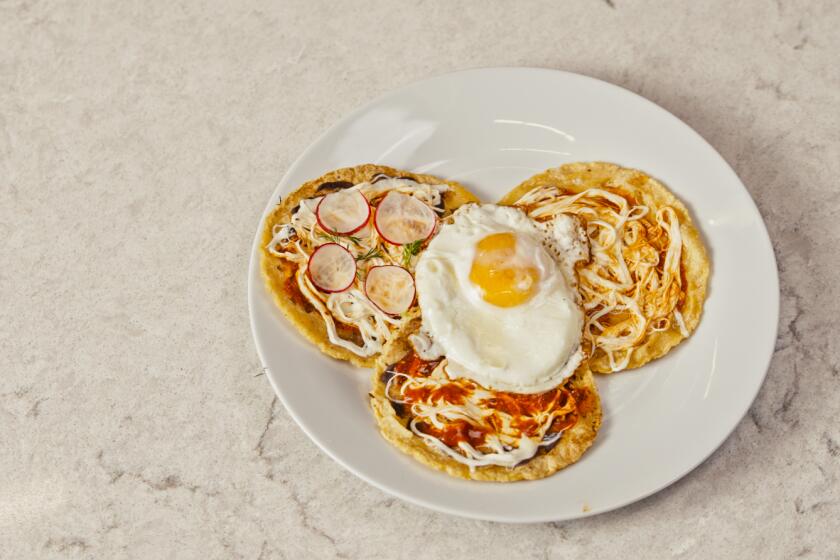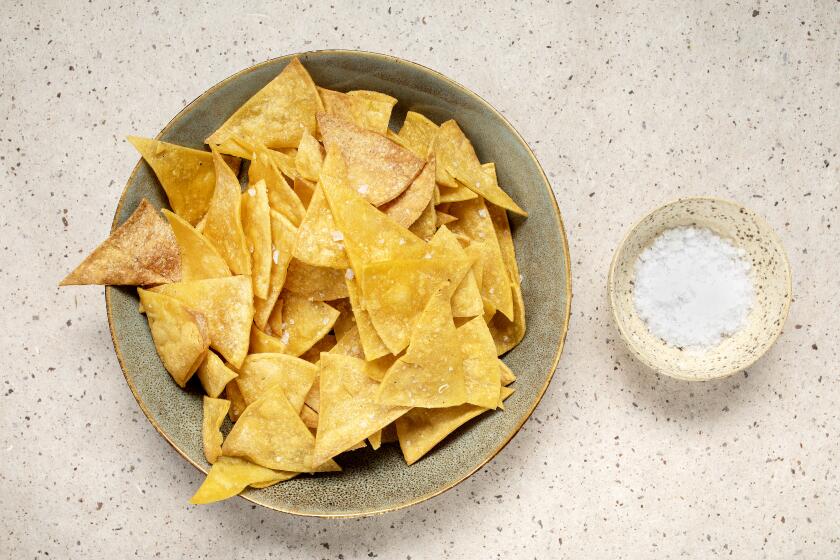Swedish Coffee Bread (Kaffe Brod)

For me, Easter doesn’t bring to mind the sweet richness of chocolate bunnies or the searing burn of vinegar from egg-dyeing. Easter means the haunting scent of cardamom wafting up from my grandmother’s freshly baked Swedish buns.
My grandparents, Gunda and Emil Anderson, immigrated to New York from Sweden in the early 1900s. Luckily, my grandfather’s older brother was established and working, so they had a place to stay. Their English was poor, and so were they. They never owned a home or learned to drive; their social life revolved around the coffee table with family, friends and pastries.
My earliest memories of my grandmother’s baking come from Sunday afternoon family gathering - after church but before dinner. I remember climbing the stairs to their second-story apartment, anticipating the yeasty, sweet scent of freshly baked pastries. I will always associate her with the smell of cardamom. Her billowy hugs were filled with that pungent aroma. As a child I believed the smell came from a special scent she wore. Years later I laughed when I found that cardamom was not a bottled perfume but an exotic spice she used in her pastries.
Her specialty was a sweet braided cardamom bun, covered in sugar. When we left for home she always gave us a tin filled with the leftovers. It was understood that we would bring the tin back on our next visit so she could refill it. Best eaten at room temperature, it was a Monday morning breakfast treat.
Years later, when I was home from college, I had a strong craving for her cardamom braided buns. Fortunately, my aunt had researched our family’s history and discovered my grandmother’s recipe.
But getting it right was a little like the story of Goldilocks. My first attempt resulted in something that looked the same, but I had used powdered cardamom and it did not have the pungent flavor. Not enough. Next I used ground cardamom, but with a heavy hand. Way too much.
My third try happened to be when my parents were visiting for Easter. After the Easter basket wrappings had been cleared away, my dad sat down with his morning coffee and tried a bite. This time his smile was broad and his eyes twinkled. Just right.
How cardamom, which is native to India and Sri Lanka, came to have such a profound presence in Scandinavian cuisine is a bit of a mystery. This member of the ginger family, the third most expensive spice after saffron and vanilla, has been used in Sweden at least since the 13th century. Regardless of how it happened, cardamom has a powerful hold on the Swedes. They consume 60 times as much as the average American, using it in mulled wines, stewed fruits and all types of baked goods.
Cardamom is also used extensively in Indian and Asian cooking and in this country you will find it widely available and at the lowest price if you visit specialty markets. For the strongest flavor, buy whole pods and crush them just before using to remove the brown-black seeds. For the best flavor, use it immediately after grinding, because the essential oils quickly dissipate.
The majority of Swedes are Lutheran, and Easter is one of their special family celebration days, along with Christmas and St. Lucia Day. During the Easter season, breads are baked into animal shapes, a practice dating back to pagan days when animals were burned in rituals and offered to the gods. Farmers too poor to continue this practice burned baked breads instead.
Swedes claim to be the world’s second-largest coffee-consuming group. Coffee is served with every meal and snack throughout the day. On special occasions, family and friends gather around a ceremonial coffee table where the host, by tradition, must serve seven different cookies along with cakes and pastries, covering the top of the table. With the first cup of coffee the guest samples a sweet cardamom yeast bread and several cookies. With the second cup of coffee, an unfrosted sponge or pound cake is eaten. The third cup of coffee accompanies a rich cream or frosted torte.
Modern hosts are taking advantage of bakeries to supplement their own favorite recipes. But there are always baked goods on hand for unexpected visitors. What would Easter be without the haunting smell of cardamom?
Heat the oven to 325 degrees. Grease a baking sheet and set it aside.
Spread the almonds on a dry baking sheet and toast the nuts until lightly browned, 5 to 6 minutes. Cool, then finely grind in a food processor.
Place the blueberries and almonds in a small bowl and add 1/2 tablespoon of flour and stir to coat. Set aside.
Stir the yeast into the warm water to dissolve. Let it stand for 5 minutes.
Scald the milk in a small saucepan on low heat or by heating it in the microwave 2 minutes. Place the scalded milk in the bowl of an electric mixer and add the butter, salt and sugar. Stir until the sugar dissolves and the butter has melted. Let the mixture cool to room temperature, then stir in the yeast.
Add the egg and beat until smooth. Add 2 cups of flour, the ground cardamom, the nuts and blueberries and slowly mix in. Add 2 more cups of flour and mix on medium speed until you have a soft dough, about 1 minute.
Scrape the dough out onto a floured work surface. Knead for 5 to 7 minutes, adding up to 1/2 cup additional flour as needed until the dough is no longer sticky but smooth. To knead in the electric mixer, replace the paddle with the dough hook and knead on medium speed until you get a smooth dough, about 5 to 6 minutes.
Place the dough in a large greased bowl, cover and place the bowl in a warm place until the dough has doubled, about 1 to 1 1/2 hours.
When the dough has doubled, place it on a floured surface, punch it down and divide it into 3 equal pieces. Roll out each piece into a 12-to 14-inch rope with the ends slightly tapered. Place the 3 strips side by side and pinch the top ends together to seal, then tuck the ends under. Lift the left strand and place it between the center and right strands. Then lift the right strand and place between the other 2, keeping the strands evenly spaced. Continue braiding in this way to the end, then seal the bottom pieces by pressing together, then tuck under.
Place the braided loaf on the greased baking sheet and brush the loaf with the beaten egg. Sprinkle with crystal sugar and let rest for 10 minutes. Meanwhile, heat the oven to 375 degrees.
Bake the bread until it is deep golden and sounds hollow when thumped on the bottom, 30 to 35 minutes. If it starts to brown too quickly, cover loosely with foil. Remove the foil for the last few minutes of baking.
Let the loaf cool completely before slicing. It will keep at room temperature in an air-tight container for up to 3 days, or may be frozen.
Get our Cooking newsletter.
Your roundup of inspiring recipes and kitchen tricks.
You may occasionally receive promotional content from the Los Angeles Times.















